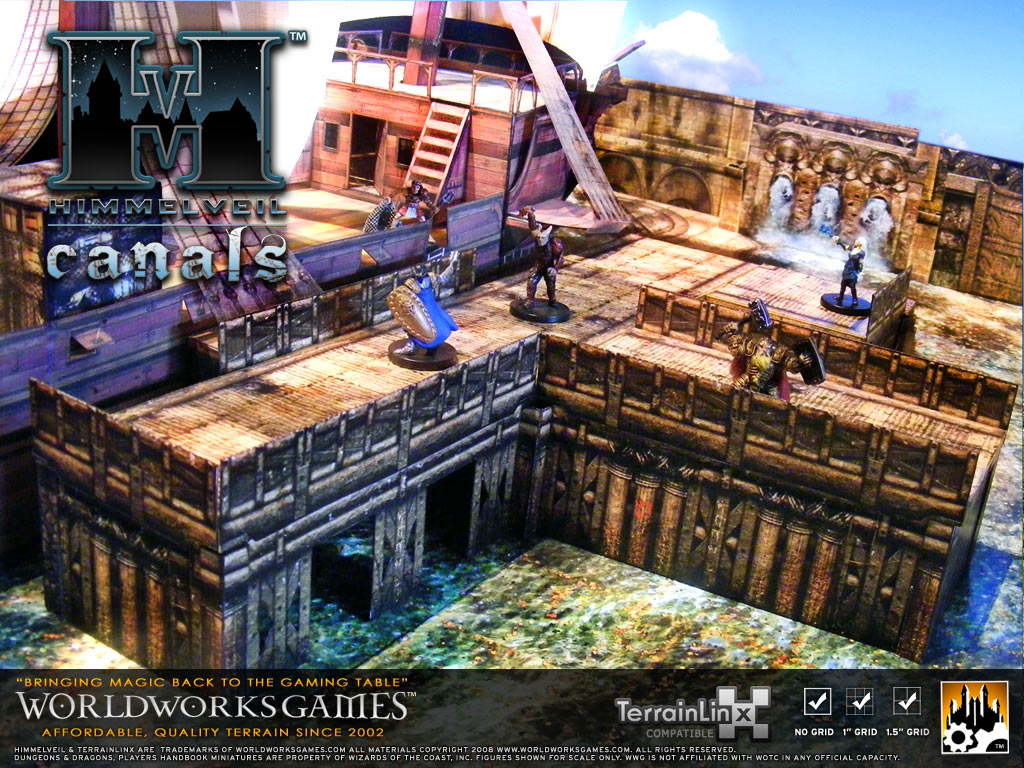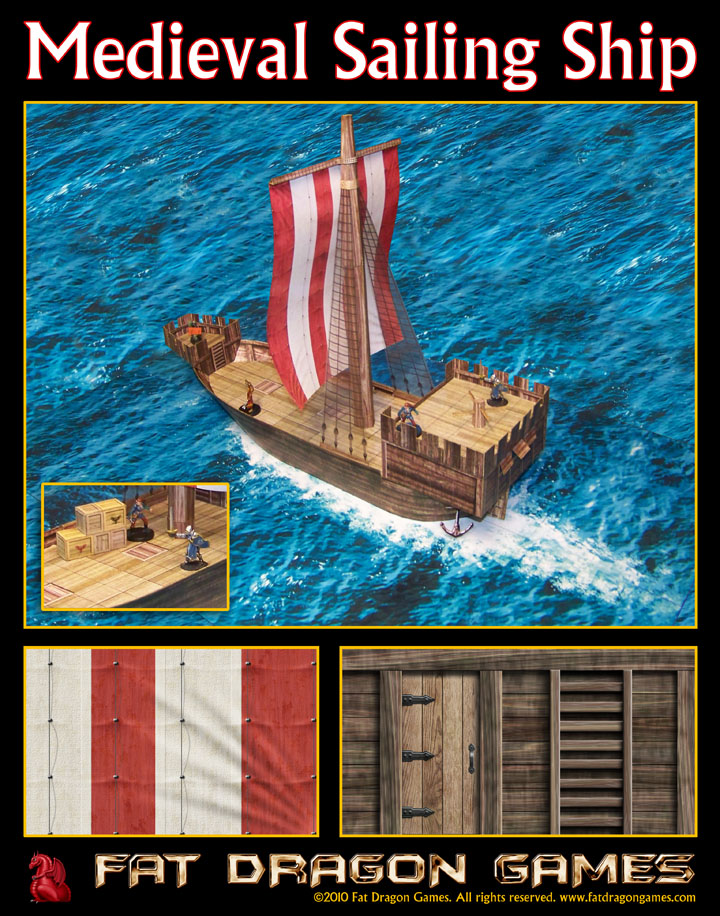Well wheel-locks were expensive, basically clockwork gearing and precison restricted their use to the aristocracy and on small scale. But they were not as vulnerable to the rain or the damp (as a side note I think I remember there was some crossover between the clockmaking industry with the Swiss).
Matchlocks by comparison are fairly straightforward designs. Arquebuses even more basic (and dangerous). Considering the advanced trapmaking industry of Golarion, making a mechanism with a trigger and a moveable lever shouldn't be state of the art technology. Making metal tubes, basic matchlock guts, and a wooden stock shouldn't be too expensive either...cheaper when the economy of scale kicks in. And given the extremely advanced case of alchemy on Golarion...heh.
As far as weapon damage, I'm not sure I'd inflate the killing power of a early gun vs that of an arrow fired by a highly trained bowman. I'm pretty sure the bow's effective range is longer at that tech level. And as far as physical trauma inflicted IIRC the arrow still wins.
<snippet from wiki>
Although longbows were much faster and more accurate than the black powder weapons which replaced them, longbowmen were always difficult to produce, because of the years of practice necessary before a war longbow could be used effectively (examples of longbows from the Mary Rose typically had draws greater than 637 N (143 lbf)). In an era in which warfare was usually seasonal and non-noble soldiers spent part of the year working at farms, the year-round training required for the effective use of the longbow was a challenge. A standing army was an expensive proposition to a medieval ruler. Mainland European armies seldom trained a significant longbow corps. Due to their specialized training, English longbowmen were sought as mercenaries in other European countries, most notably in the Italian city-states and in Spain. The White Company,[27] containing men-at-arms and longbowmen and commanded by Sir John Hawkwood, is the best known English Free Company of the 14th century. The powerful Hungarian king, Louis the Great, is an example of someone who used longbowmen in his Italian campaigns.
The trade of yew wood to England for longbows was such that it depleted the stocks of yew over a huge area. The first documented import of yew bowstaves to England was in 1294. In 1350 there was a serious shortage, and Henry IV of England ordered his royal bowyer to enter private land and cut yew and other woods. In 1470 compulsory practice was renewed, and hazel, ash, and laburnum were specifically allowed for practice bows. Supplies still proved insufficient, until by the Statute of Westminster in 1472, every ship coming to an English port had to bring four bowstaves for every tun. Richard III of England increased this to ten for every tun. This stimulated a vast network of extraction and supply, which formed part of royal monopolies in southern Germany and Austria. In 1483, the price of bowstaves rose from two to eight pounds per hundred, and in 1510 the Venetians obtained sixteen pounds per hundred. In 1507 the Holy Roman Emperor asked the Duke of Bavaria to stop cutting yew, but the trade was profitable, and in 1532 the royal monopoly was granted for the usual quantity "if there are that many". In 1562, the Bavarian government sent a long plea to the Holy Roman Emperor asking him to stop the cutting of yew, and outlining the damage done to the forests by its selective extraction, which broke the canopy and allowed wind to destroy neighbouring trees. In 1568, despite a request from Saxony, no royal monopoly was granted because there was no yew to cut, and the next year Bavaria and Austria similarly failed to produce enough yew to justify a royal monopoly. Forestry records in this area in the 17th century do not mention yew, and it seems that no mature trees were to be had. The English tried to obtain supplies from the Baltic, but at this period bows were being replaced by guns in any case
The professional vagabond psycho-killers with bags of gold known as 'adventurers' may not bother with guns because they would gravitate to the weapons with the best killing power and utility (damp conditions like dungeons are bad for firearms as I'd imagine getting caught in a fireball wouldn't be ideal). Maybe Golarion states are a fairly peacable bunch or only hire professional soldiers to fight wars

.
Thinking about it, I would probably move most firearms out of the 'exotic weapons category'. It's not a complicated weapon to teach or employ...sword fighting is a lot harder to master. The prices for firearms seem way out of line considering they aren't terribly complicated mechanisms crafted from expensive materials...definitely not more than plate mail armor... regardless of the lack of supply (and I doubt they're status symbol demand items).
On damage... I'd probably cut down on inflating the damage. Getting a spear in the gut, arrow to the chest, or forearm hacked off with an axe seems just as traumatic so cutting down on the deadliness would be in keeping with the hit point system.


